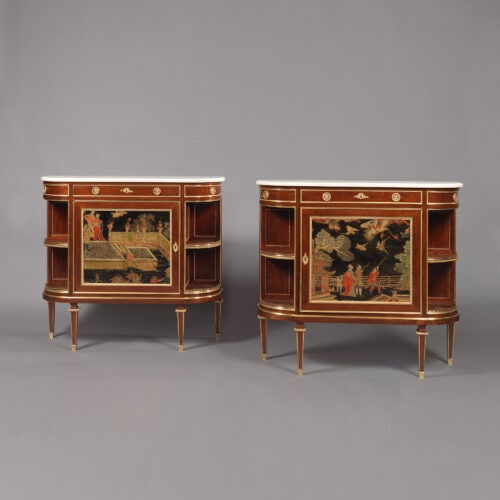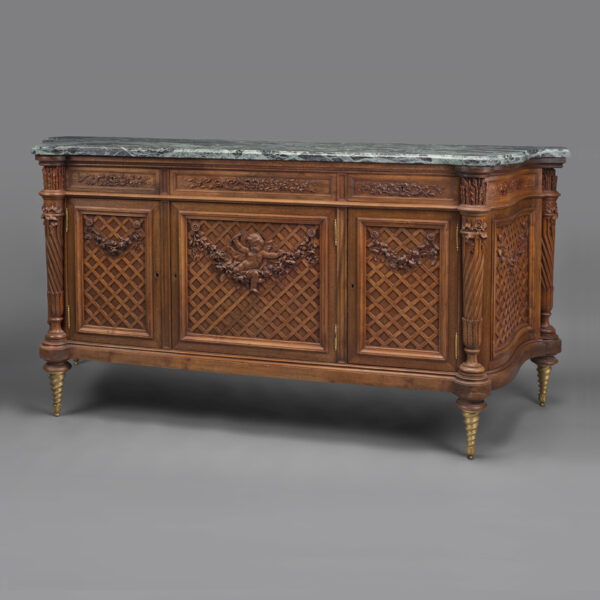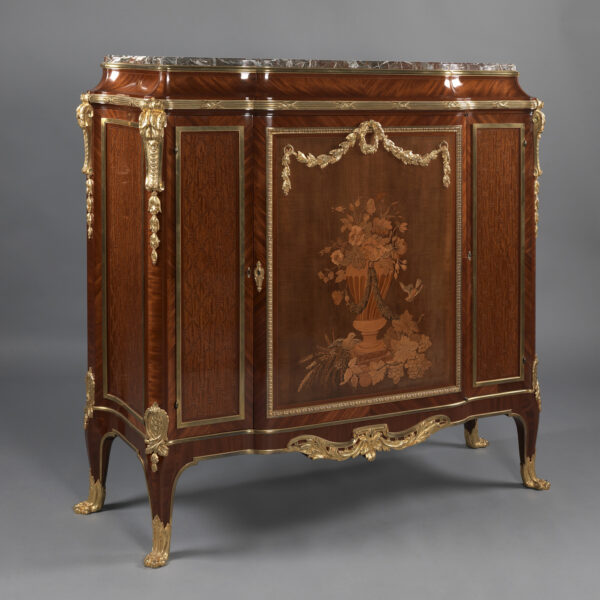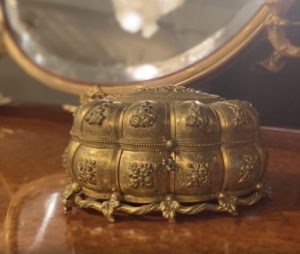Casa Krieger
Excepcional mueble auxiliar de parquet montado en bronce dorado y Vernis Martin de estilo Luis XV
£52,000
An Exceptional and Very Rare Louis XV Style Gilt-Bronze And Vernis Martin Mounted Parquetry Side Cabinet by Maison Krieger. Stamped to the carcass ‘KRIEGER’...
Dimensiones
Height: 154 cm (61 in)Width: 127 cm (50 in)
Depth: 45 cm (18 in)
Descripción
An Exceptional and Very Rare Louis XV Style Gilt-Bronze And Vernis Martin Mounted Parquetry Side Cabinet by Maison Krieger.
Stamped to the carcass ‘KRIEGER’ and stencilled to the back ‘KRIEGER 74 Faubourg St Antoine Paris’. The lock plate signed ‘Mon KRIEGER Ameublement Paris’.
Of shallow break front form this fine parquetry side cabinet has a shaped grey-veined marble top above a concave frieze with acanthus mounts to the angles and centred by a fine mask of Hercules wearing the pelt of the Nemean Lion. The central door is mounted to the upper section with a superb vernis martin lacquer panel depicting ‘Hercule et Omphale’ after Francois Lemoyne and with parquetry lattice work to the lower section. The cabinet has a shaped apron centred by a fronded acanthus mount and is raised on square section legs to the rear and fine gilt-bronze acanthus cast paw feet to the front.
The exceptional gilt-bronze mask of Hercules to the centre of the cabinet’s frieze can be related to the mask by François-Antoine Vassé on the chimneypiece at the Salon d’Hercule at Versailles.
The superb vernis martin panel is after Francois Lemoyne’s painting ‘Hercules and Omphale’ from 1724, currently in the musée du Louvre (M.I. 1086). It depicts the myth of the Roman god Hercules, who was serving Omphale, the Queen of Lydia. In order to atone for the murder of the prince Iphitus, Hercules had to spin wool for the queen for one year. During this time, they fell in love and Queen Omphale released him from his sentence and the couple were married.
Francois Lemoyne (1688 – 1737) was one of the most celebrated rococo artists of the 18th Century. In 1728, he was commissioned by Louis XV to paint the ceiling of the Salon d’Hercule at Versailles, which he worked on from 1733- 36. The work received great praise and ultimately Lemoyne was appointed Premier peintre du Roi on September 30th 1736.
An interesting letter accompanying this exceptional side cabinet survives from Maison Krieger to Madame J. B. Derangeon of 120 Avenue de Wagram. Dating to 6th January 1913, this letter confirms the subject matter of the fine vernis martin panels as being after Francois Lemoyne’s painting ‘Hercule et Omphale’, which the letter states as being on display in the salle Lacase of the musée du Louvre.
Fecha
Alrededor de 1910
Origen
Francia
Medio
Parquetry and Gilt-Bronze
Firma
Stamped to the carcass ‘KRIEGER’ and stencilled to the back ‘KRIEGER 74 Faubourg St Antoine Paris’. The lock plate signed ‘Mon KRIEGER Ameublement Paris'
Antoine Krieger together with his brother Nicolas launched Maison Krieger in 1826 at 17 rue Saint-Nicolas, Paris, producing and retailing fine quality furniture.
In 1850 the firm was re-formed as Antoine Krieger et Cie. When Antoine Krieger died in 1856, his son-in-law began running the company and decided to change the name to Cosse-Racault et Cie. Finally, in 1880 the name was changed again to Krieger, Damon et Cie when the firm merged with Damon et Colin, and was then located at 74 rue du Faubourg-Saint-Antoine.
Maison Krieger exhibited at the 1849 Exposition des Produits de l‚’Industrie in Paris and at the Universal Exhibitions of 1851 in London and 1855, again in Paris. At the 1851 Great Exhibition in London Krieger were awarded a medal for an exhibition oak sideboard made for a client from the Ottoman Empire. Maison Krieger created numerous furniture styles, and the firm exhibited at all the major exhibitions of the nineteenth century up to and including, the 1900 Paris Exposition Universelle.
Maison Krieger is recorded as being a very active client of François Linke and occasionally the firm’s label can be found on Linke pieces.
Bibliography:
Ledoux-Lebard, Denise. Les Ébénistes du XIXe siècle, Les Editions de l‚’Amateur, (Paris), 1984; pp. 396.
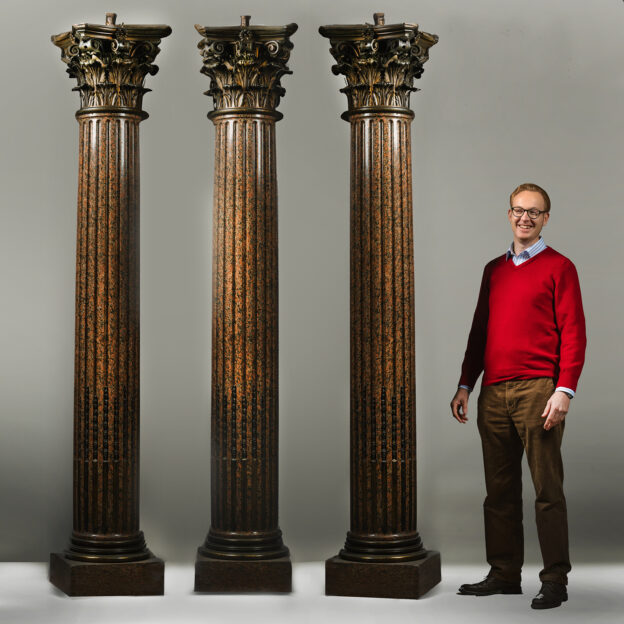




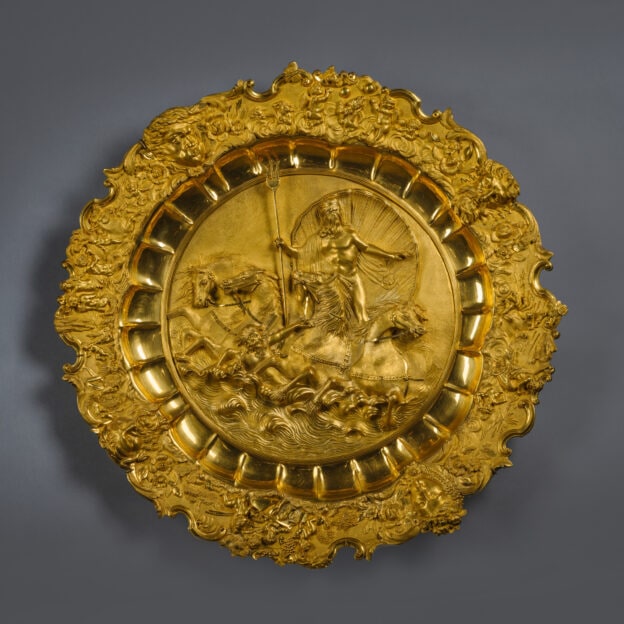
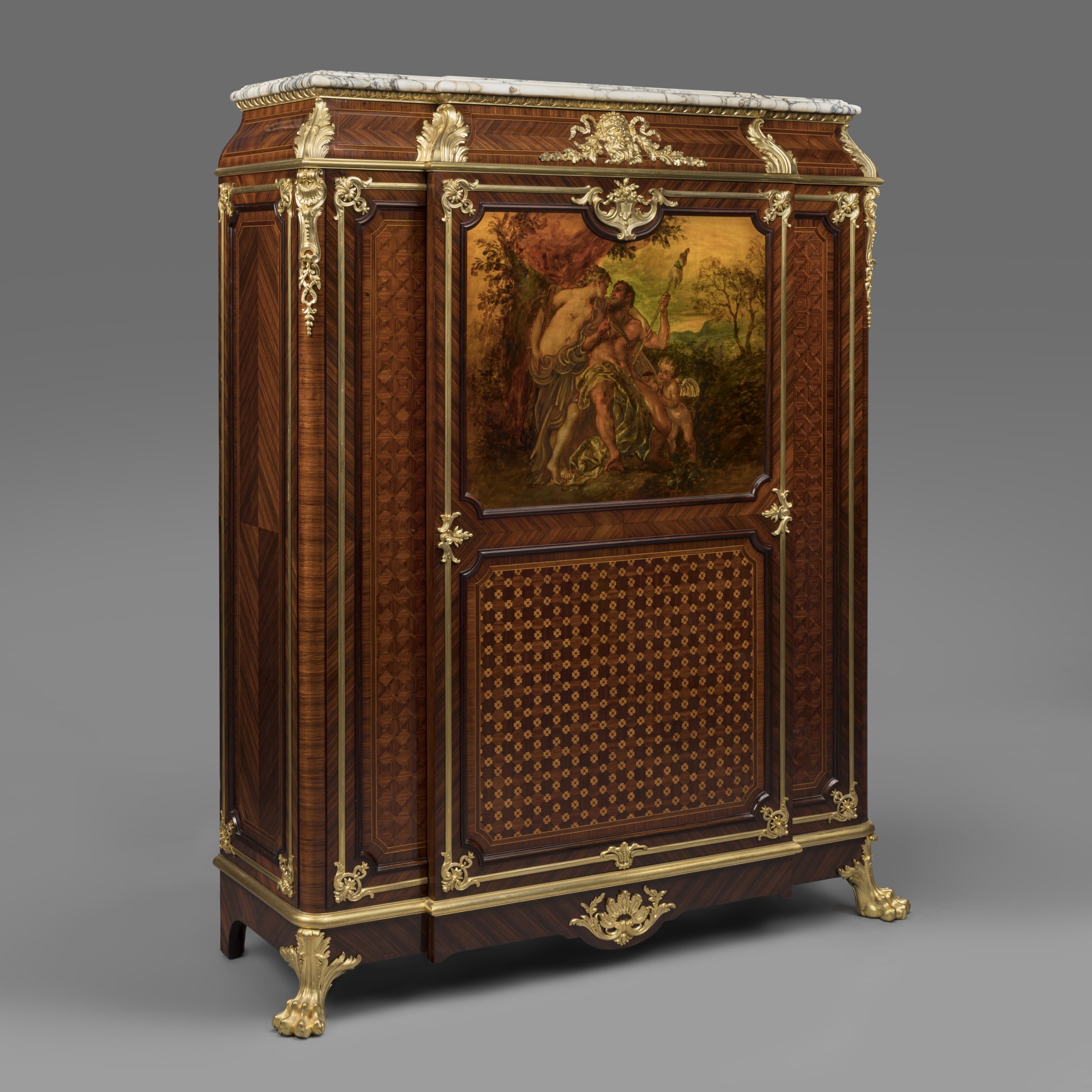
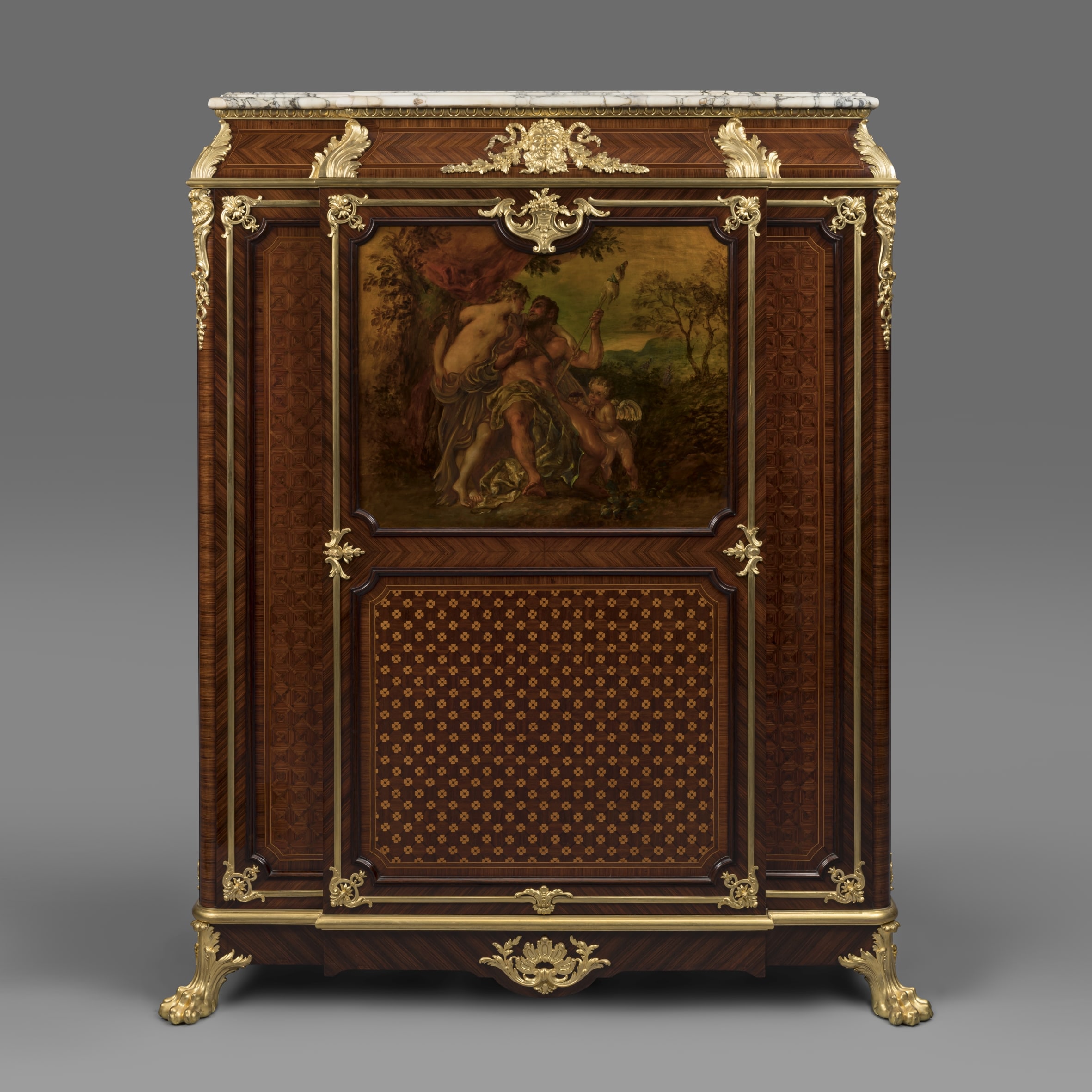
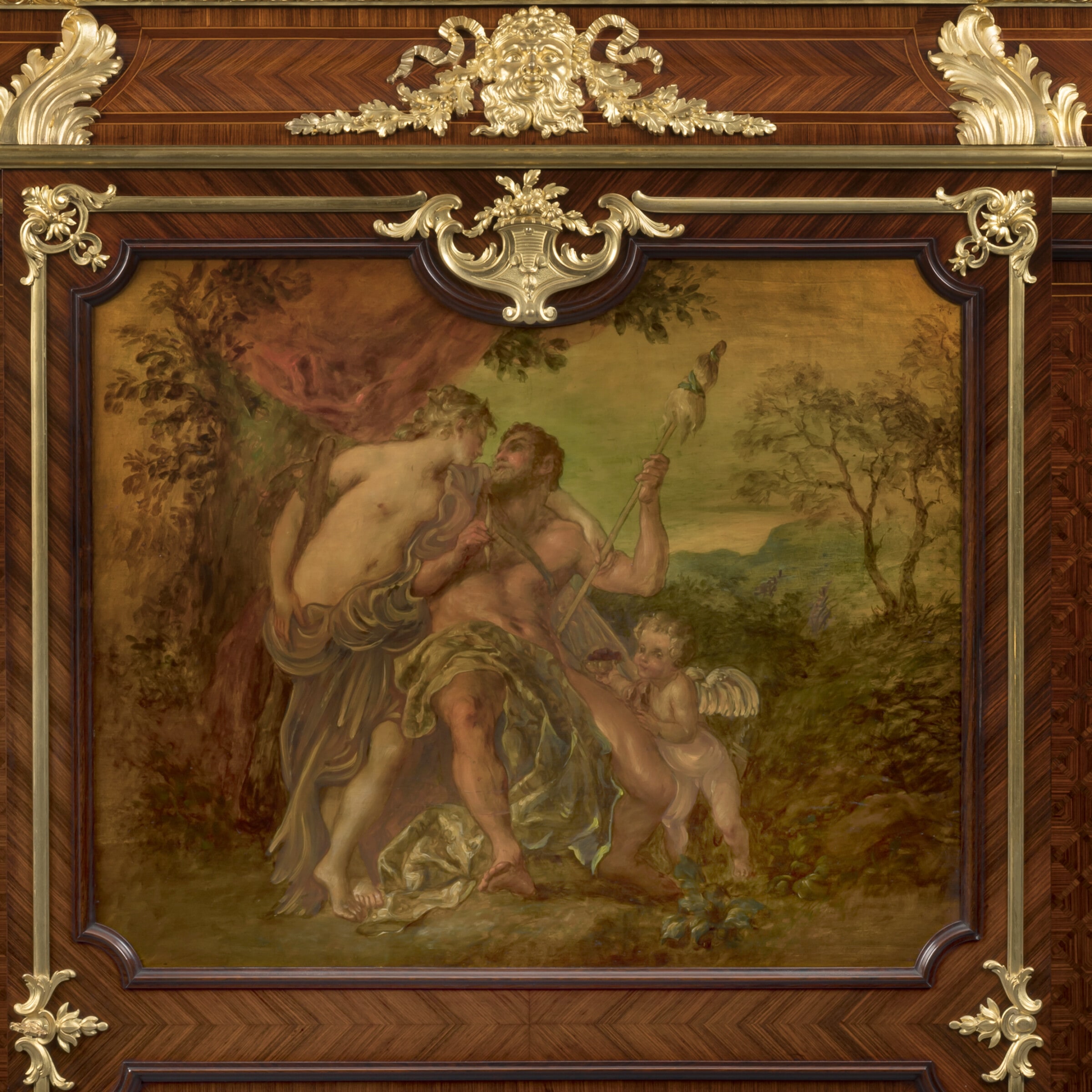
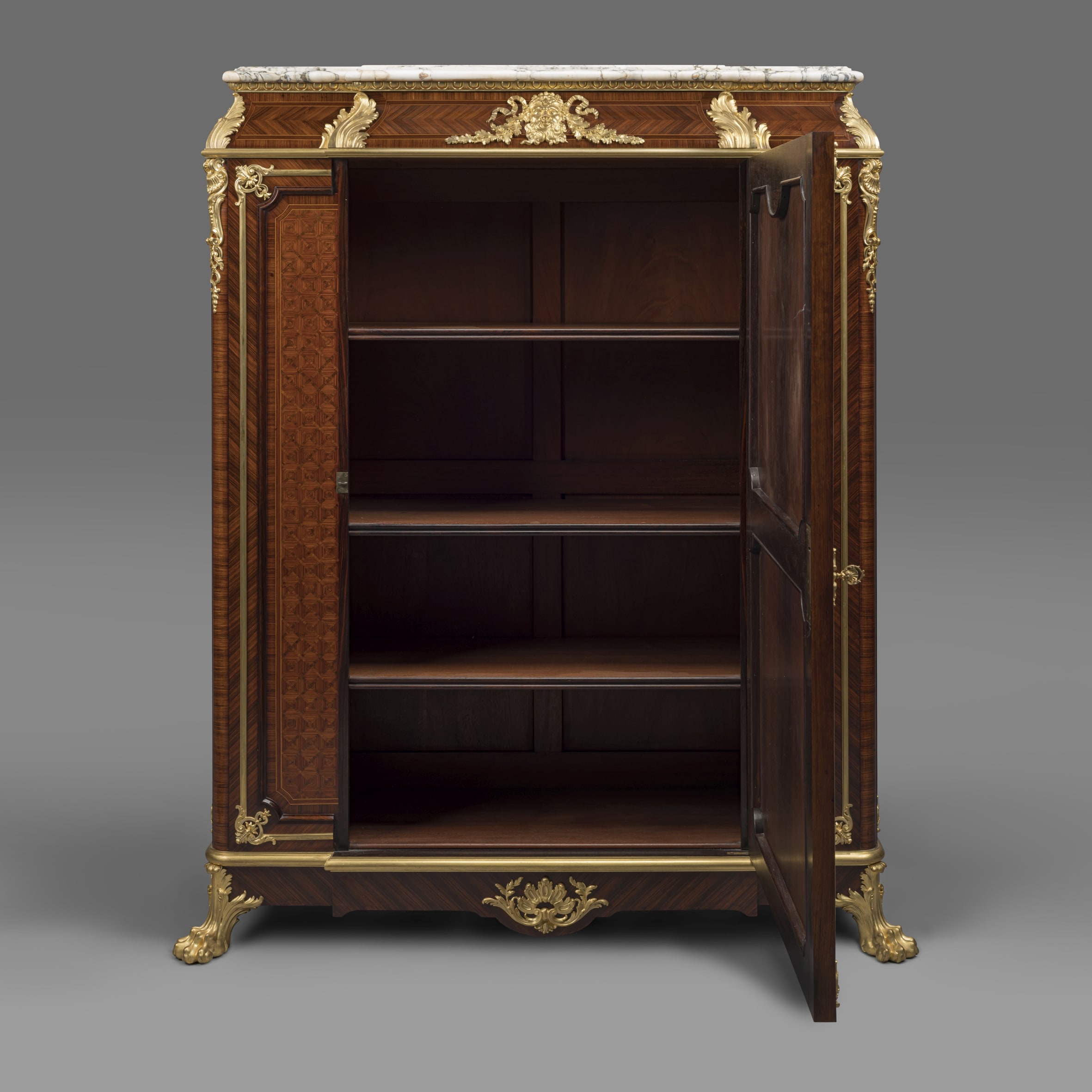
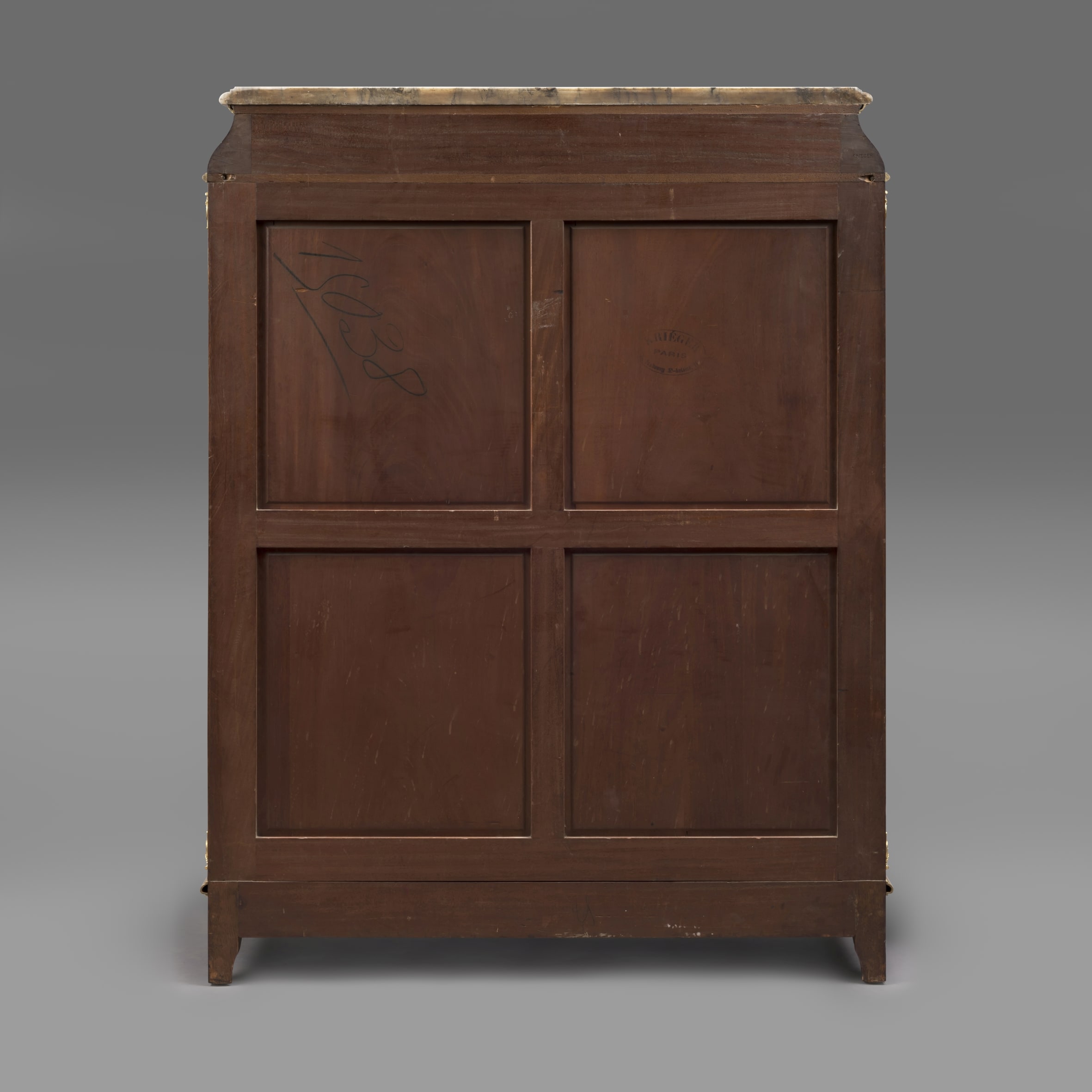
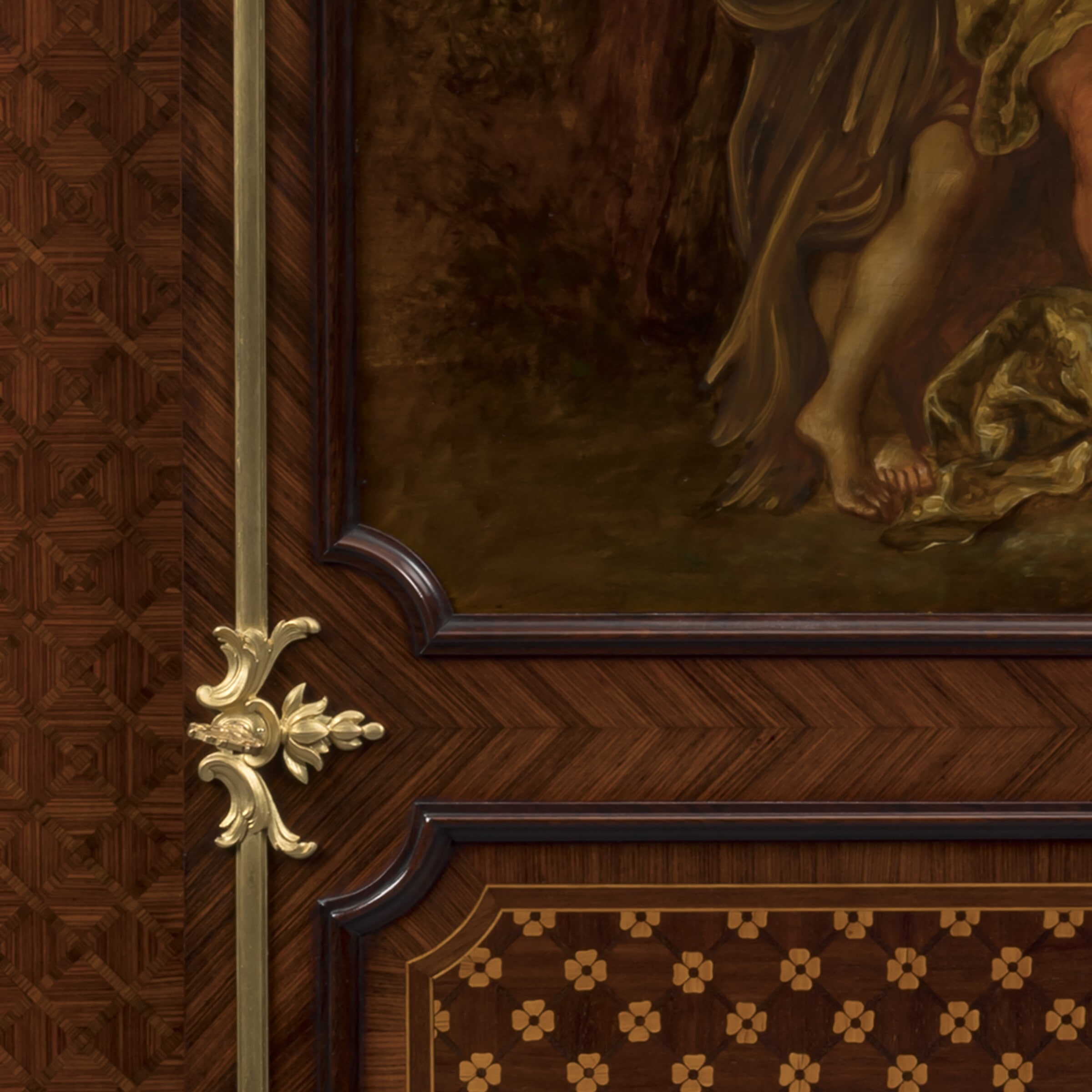
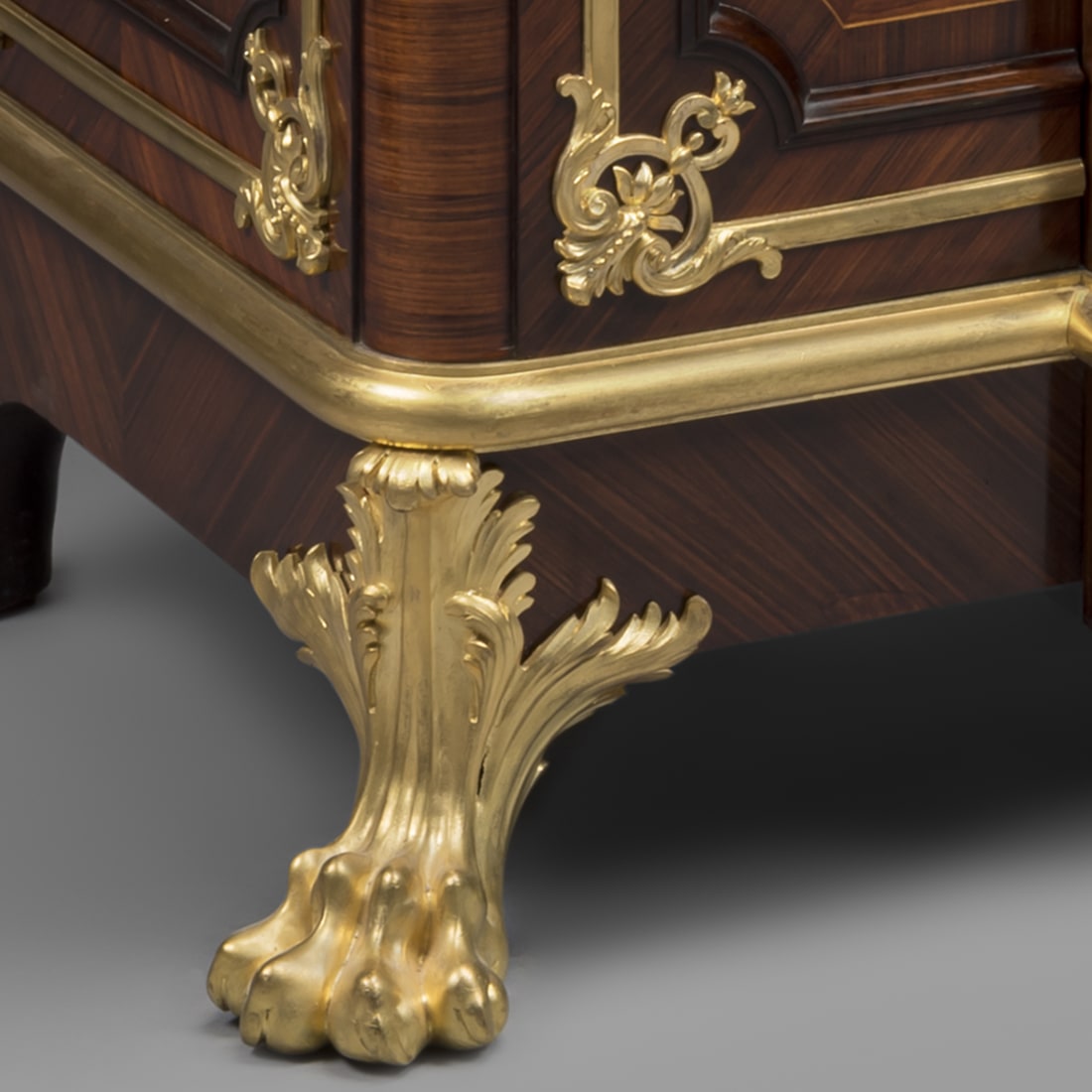

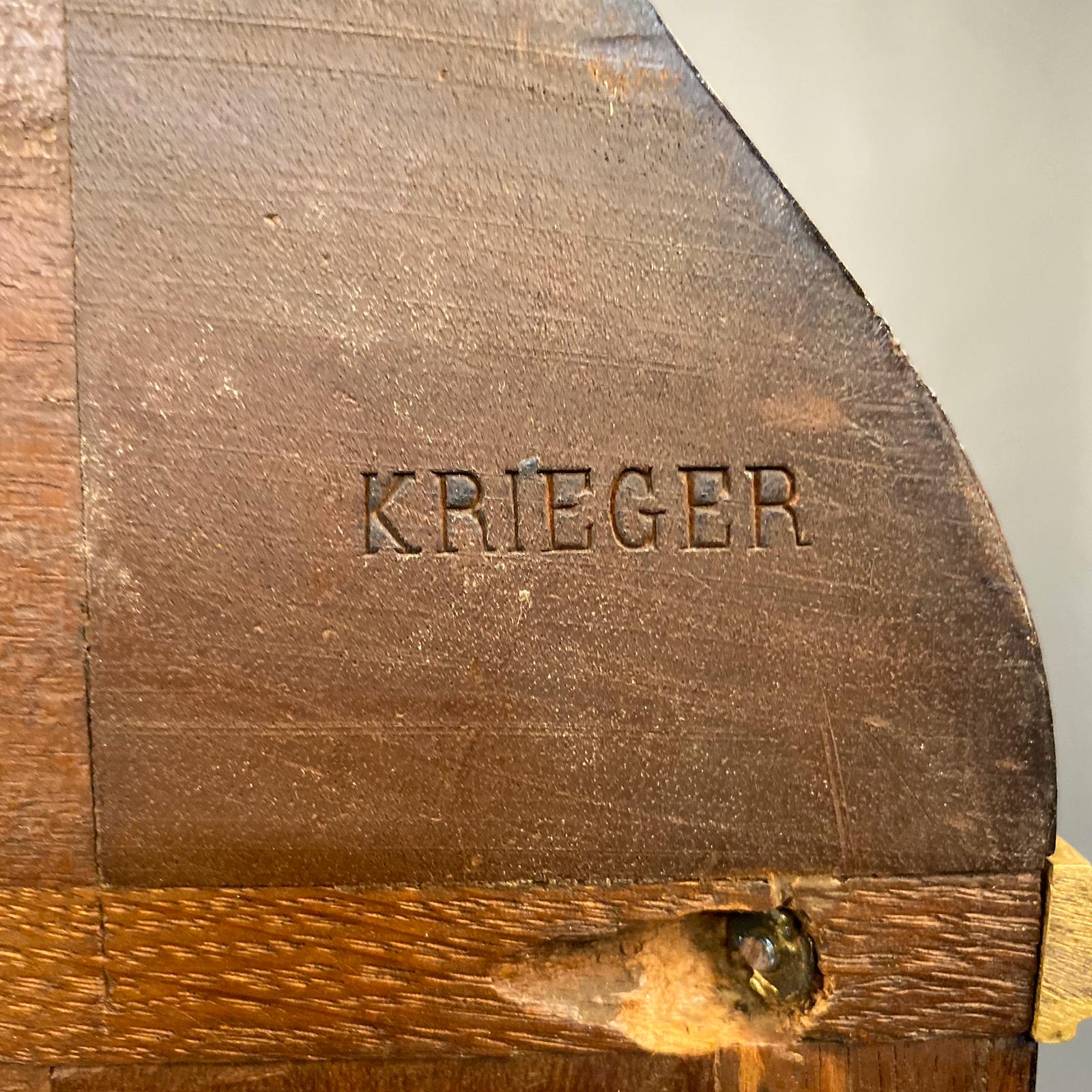
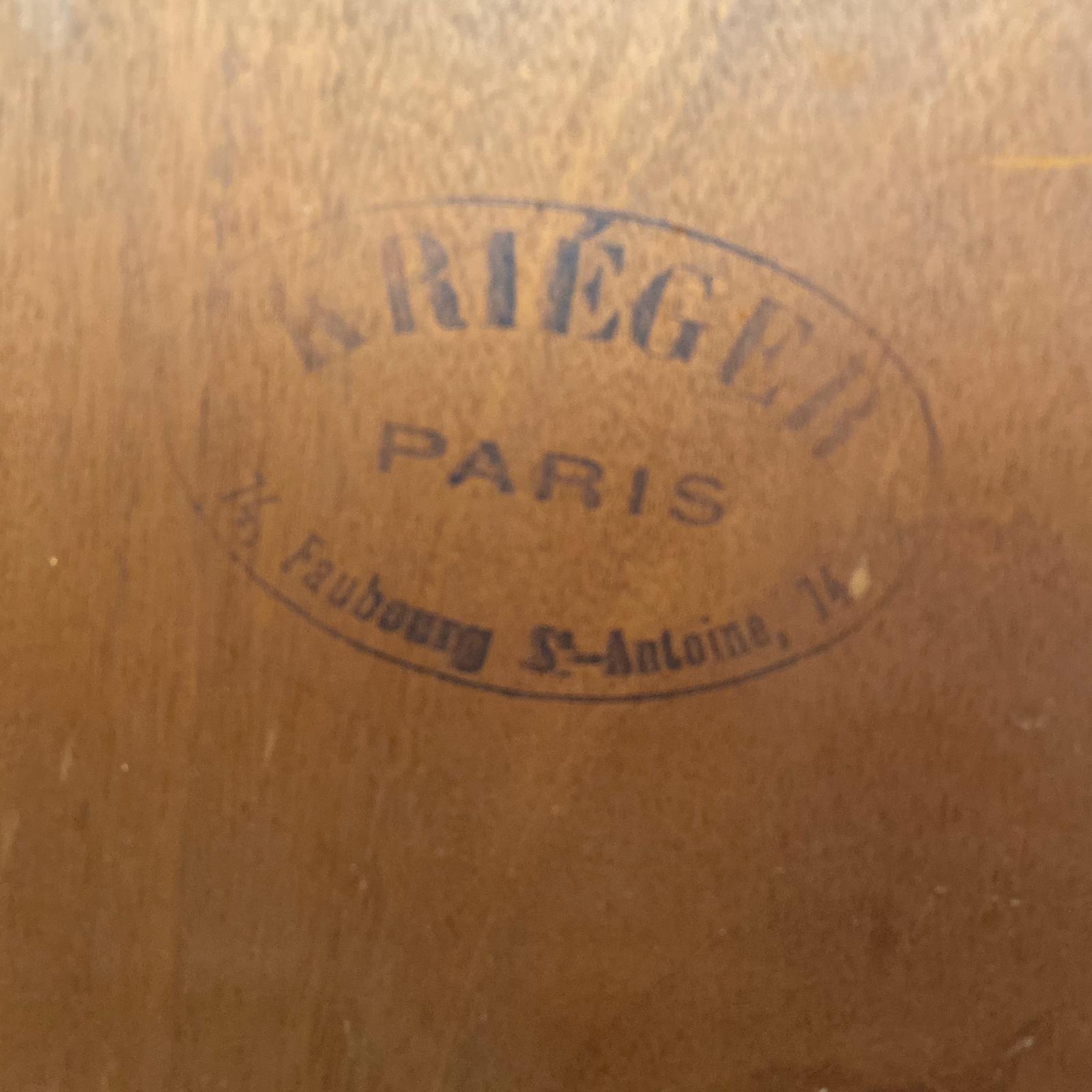
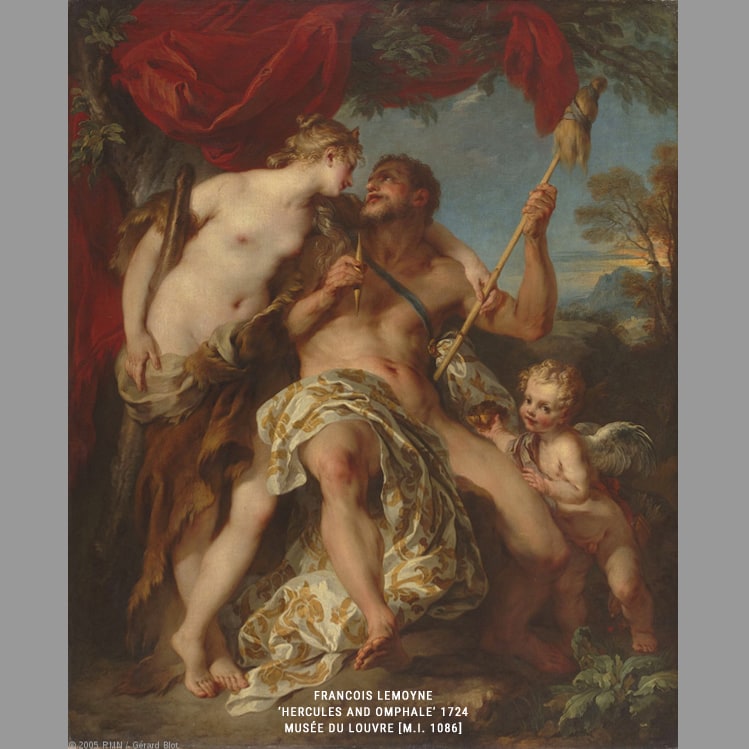

 Imprimir
Imprimir